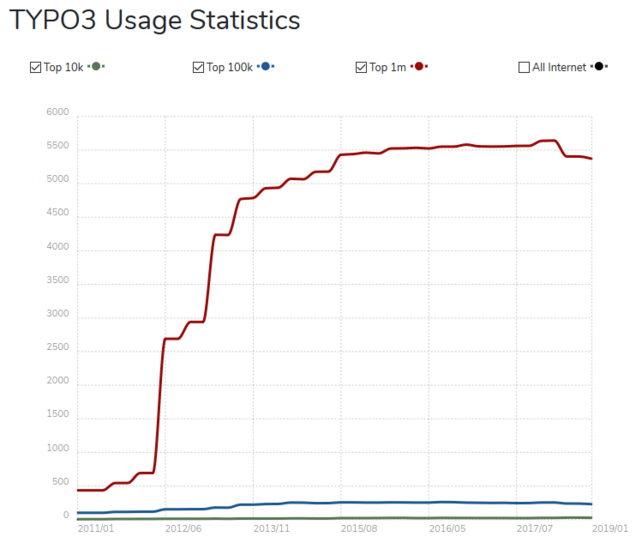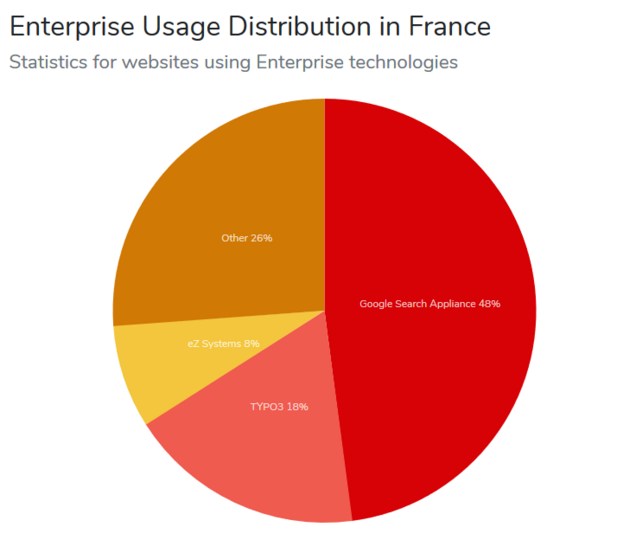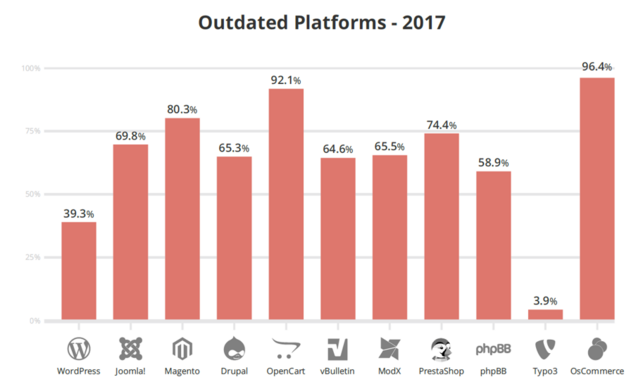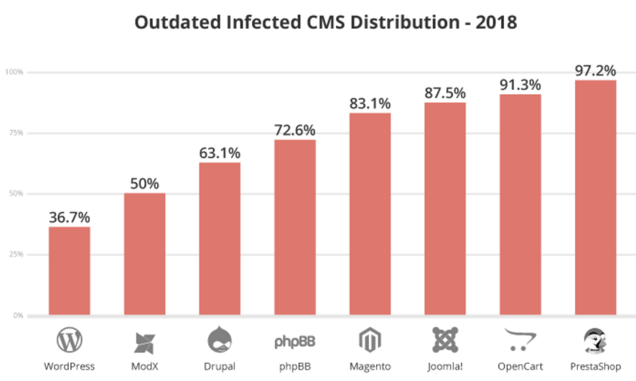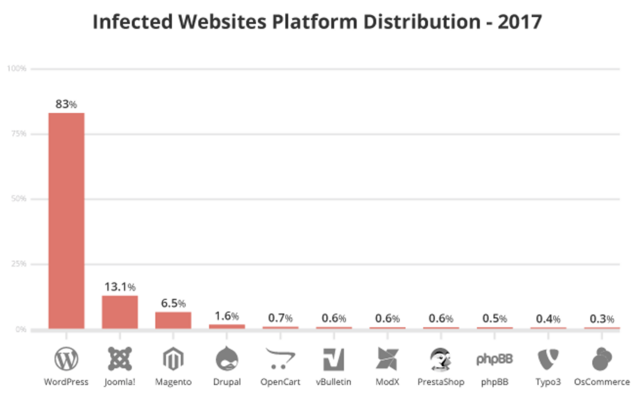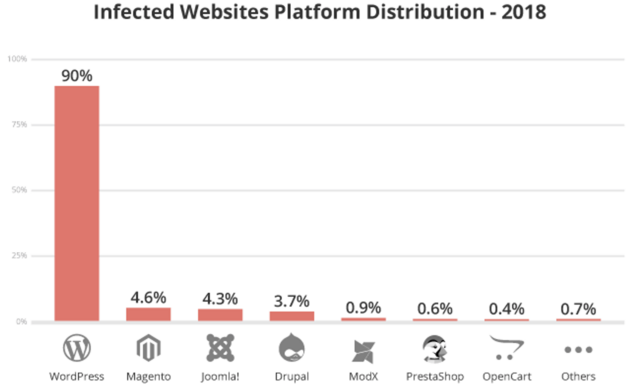
Not Just a Popularity Contest: 7 Steps to Choosing a CMS
Thanks to Rachel from WSeils for sharing!
Imagine that you’ve been asked to recommend a content management system. Some people will tell you the answer is easy! Simply choose the most popular CMS on the Internet … And since web content management has become a commodity, make sure you spice things up with the latest buzzwords, too.
In this article, we propose a different approach, proposing seven areas you should consider when deciding which CMS to choose.
How did you choose your CMS yesterday?
First of all, let’s look back at how you used to go about choosing a cms platform. Depending on your profile—marketing or technical, for example—you might have followed some or all of these steps to narrow down your choice to one or two CMSs:
- Ask a colleague
- Check the market share
- Look at the pretty interfaces
- Compare feature matrices
Let’s look at the old ways:

Ask a colleague
Asking one or more colleagues can get you valuable feedback. Keep in mind, however, that good and bad experiences are often linked as much to the agency that handled the project as they are to the tool they implemented. Caution: Choosing a CMS means choosing the tools that your editorial teams will use day in, day out, for years to come. Don’t delegate this important choice to someone else, but do seek diverse and informed opinions.

Check the market share
Choosing a CMS based on its market share alone isn’t any better than choosing your CMS based on what your colleague uses—especially if they themselves used the same technique to select their CMS in the first place! There are more cars than airplanes in the world, does that mean that cars are more popular than planes? Or that cars are a better means of transport? No, it just means that driving is better-suited for a larger number of trips. So the right question is: What route are you taking? What is the right CMS for your organization?


Look at the pretty interfaces
The dashboards of the Twingo 1 or the Smart are lovely and simple, like a child’s toy. And these cars are perfect for zipping across town. Online, it’s essential for us to build attractive, simple interfaces for our customers and site visitors, too. However, when it comes to handling the daily business of running a website—analogous to longer, more demanding journeys—more complex interfaces are inevitably required. Does the CMS you’re considering handle the complexity you require while also being straightforward for editors and administrators?

Compare feature matrices
At some point, you need to know which systems deliver which features, but you should be careful to make meaningful comparisons. Define the scope of your project before comparing CMS features. A simple blog, a multisite platform, and an eCommerce project will have different requirements. How much business logic will your application require? The best CMS to use is the one that meets your requirements. Choosing the right solution to the wrong problem can put you in a tough situation! Before you look down the list of features, make sure you know enough about your business requirements today and where you might need to go in the future.
How should you choose your CMS today?
We propose that you assess and understand seven areas to guide you to the right choice:
- Market share
- Community
- Interoperability
- Maintainability
- Security
- UX and usability "for real"
- Long-term vision, growth, and scalability
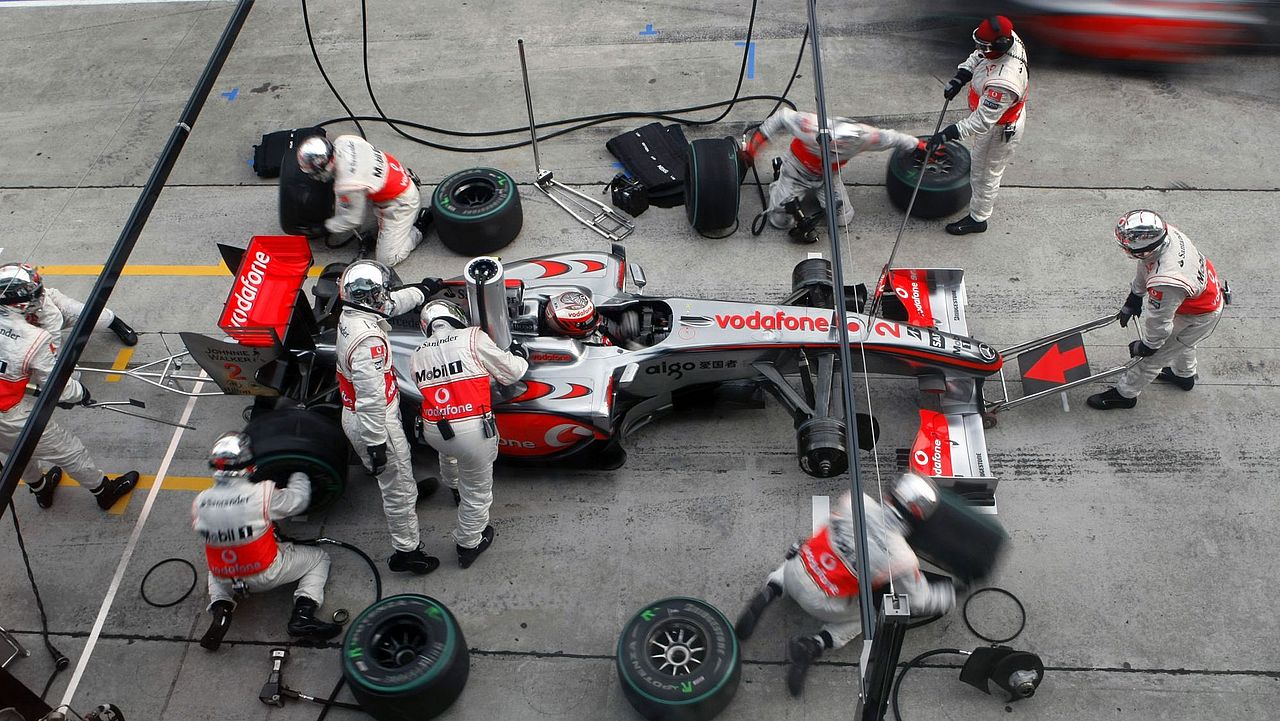
1. Market Share
Taking into account the caveats we mentioned above, assessing market share can help you avoid choosing an exotic tool with a short lifespan. Feel free to select the top ten you find; this is only the first step. You’ll be eliminating systems as you go. However, do keep the following criteria in mind:
- The CMS must be a good fit for your project’s needs: eCommerce, multisite, collaborative intranet, and so on.
- What is the market share in my country or region?
- If it matters to you, is it “really” Open Source?
- Does it have a positive growth curve? Is it growing? Dominant but falling
2. Community
The community—the developers, service providers, contributors, and supporting structures—in and around an Open Source CMS is crucial to its success and sustainability. Keep in mind, however, the end-customers using it represent its market share, not its community.
Some communities are more accessible than others. You might have to ask service provider agencies or take the time to read up on one of more official websites. Learning about Open Source communities helps you answer questions like:
- Who offers support? Are there commercial SLAs for your CMS?
- What is the plan for the next five years? Is there a roadmap? A regular release cycle?
- How is this community organized? Does it have a non-profit association? A security team?
3. Interoperability
What is the scope of your project? You already know your CMS will probably be only one piece of the IT puzzle you’ll be assembling. You don’t want to muddy the waters with your CMS duplicating functionality that your other business tools cover very well, for example. What you do want is your CMS to communicate, interface, and integrate with them well. It will also need to collaborate and “play nice” with other tools that you’ll discover and integrate in the future. Your CMS must be standards-based and standards-compliant.
4. Maintainability
Your web project doesn’t stop on launch day, it’s not “done.” It’s only then that it starts delivering value to you and your customers. And an important new phase begins: ongoing maintenance. Whether you sign a maintenance contract with the service provider who built it, a different company, or the project vendor, you’ll need the best-possible corrective, preventative, and proactive maintenance. The CMS you choose—its inherent code quality, and available support options—will determine the quality level of maintenance support you can receive.

5. Security
Security is no longer an afterthought. Your CMS must offer excellent security out-of-the-box, especially in the context of the protection of personal data—now your responsibility thanks to legislation like the EU GDPR (General Data Protection Regulation). Take advantage of online resources regarding factors like the least-updated, most-infected, or compromised CMSs on the web today. Any CMS worth using will have its resources available explaining its security policies and issue workflows. These are essential reading when assessing your CMS choice.

6. UX and usability “for real”
Many CMSs out there will try to seduce you with short videos showing how editors can add text and images to a page with a few clicks. They all say they can do it nowadays. When it comes to narrowing your choice, ask for a demonstration instead, one that reflects the actual day-to-day work you and your teams will be doing in your website. Make sure you see how to manage users, approval workflows, multiple websites, translations, share and manage media and digital assets, connect with data sources in the cloud and elsewhere. Make sure any CMS you choose is responsive—usable on any device and screen size—not only in the front end, but also in the backend administrative interface. The ability to publish, correct, and update your site on the fly from a smartphone can be a lifesaver! Get a demo based on your needs. Seeing them in action can help save you disappointments later.
7. Long-term vision, growth, and scalability
You should be looking at most of your web projects as a long-term investment. You’ll need it to grow and adapt with you while staying relevant for three to five or more years. How many languages could you need to add in the next five years? How much traffic, how many users could you be serving? Will your CMS scale with you in the cloud? Make sure you assess the scalability and flexibility of the technologies you are considering so that they’ll still be delivering you value five years down the road.
2. Community
The TYPO3 Project has some unique advantages as an open source, enterprise CMS that boasts a strong professional community, a non-profit association, and an official vendor organisation offering an array of products and services adding value to the ecosystem, including an official partner program, industry partnerships and integrations, support SLAs, and more.
https://typo3.org/project/association/
https://typo3.org/community/
https://typo3.com/company/what-we-do
3. Interoperability
TYPO3 is standards-based, open source, offers many APIs, and can be integrated with a broad range of other technologies. Here are a few examples:
- It offers a one-of-a-kind File Abstraction Layer (FAL) that makes using and distributing your assets across the globe as simple as uploading a file. Your editors don’t need any training in order to use a CDN like Akamai or Amazon’s CloudFront. They can simply work with your files as they go. TYPO3 will take care of the rest!
- TYPO3 supports producing content for easy distribution to all your media, channels, and frontend frameworks. Supported formats include XML, JSON, PDF, and HTML.
- Single Sign-On (SSO) with Open LDAP, Windows Active Directory, and others can be used for managing editor or extranet frontend user access.
- TYPO3 works well with MySQL, but you can use any other Database management systems under the hood, including Oracle, Microsoft SQL Server, and PostgreSQL.
4. Maintainability
TYPO3 offers a predictable release roadmap, a clear support model, and easy well-documented upgrades between major versions.
Any major (LTS, Long Term Support) version is supported by the community for three years, and the TYPO3 Project offers a commercial ELTS (Extended Long Term Support) program, extending the legally-compliant supported life of any major version to six years. The result is that TYPO3 is one of the most up-to-date CMSs on the web. Although the number of instances is increasing, it dropped off the list of infected, unmaintained platforms in 2018:
5. Security
TYPO3 has had a dedicated security team since 2004. Stay informed about all things TYPO3 security—updates, how to report vulnerabilities, security workflows—by visiting the security team page on typo3.org. And as we mentioned in the previous point, TYPO3 is no longer on the Sucuri list of infected platforms as of 2018.
6. UX and usability “for real“
TYPO3 is ready for you to see the real demo. Find a local service provider—here’s where to find a qualified official partner—or talk with the friendly folks at TYPO3 GmbH and ask for one!
7. Long-term vision, growth, and scalability
Everyone claims to supply a scalable system … and then they turn around and talk about Varnish caches and proxies. But that’s the caching scaling, not your system. TYPO3 can handle very large loads on its own. It offers built-in caching, lean high-speed APIs (and it can still take advantage of other helper technologies), letting it grow as your business grows.
Every CMS on the market can help you build a website. More and more companies today need a lot more than one. What then? When you need regional sites in multiple languages, landing pages and marketing sites, individual sites for compliance or different units of your organization, TYPO3 CMS is there for you. It offers effectively unlimited sites out-of-the-box. Hundreds of sites in a single instance can remain highly performant. They can all have the same layout, look and feel, only use the part of your corporate identity that you define (or none of it at all). Centrally controlled content sharing, federated asset management, are all possible, while still giving local editorial teams freedom and flexibility in addressing their audiences.
Conclusion - So how should you choose your CMS today?
We’re facing different issues on the web today than five years ago. Problems that seemed abstract in the past are affecting the way we live and work online today. And in five years, it will probably be the same again. We need to make good choices now that will prove themselves in the medium and long term about technologies that evolve rapidly in the short term. When choosing a CMS platform to meet your challenges today and in the future, consider TYPO3 CMS. It will be a good choice in many—but not all—cases, especially for large companies and organizations looking to communicate and share effectively on the web.
